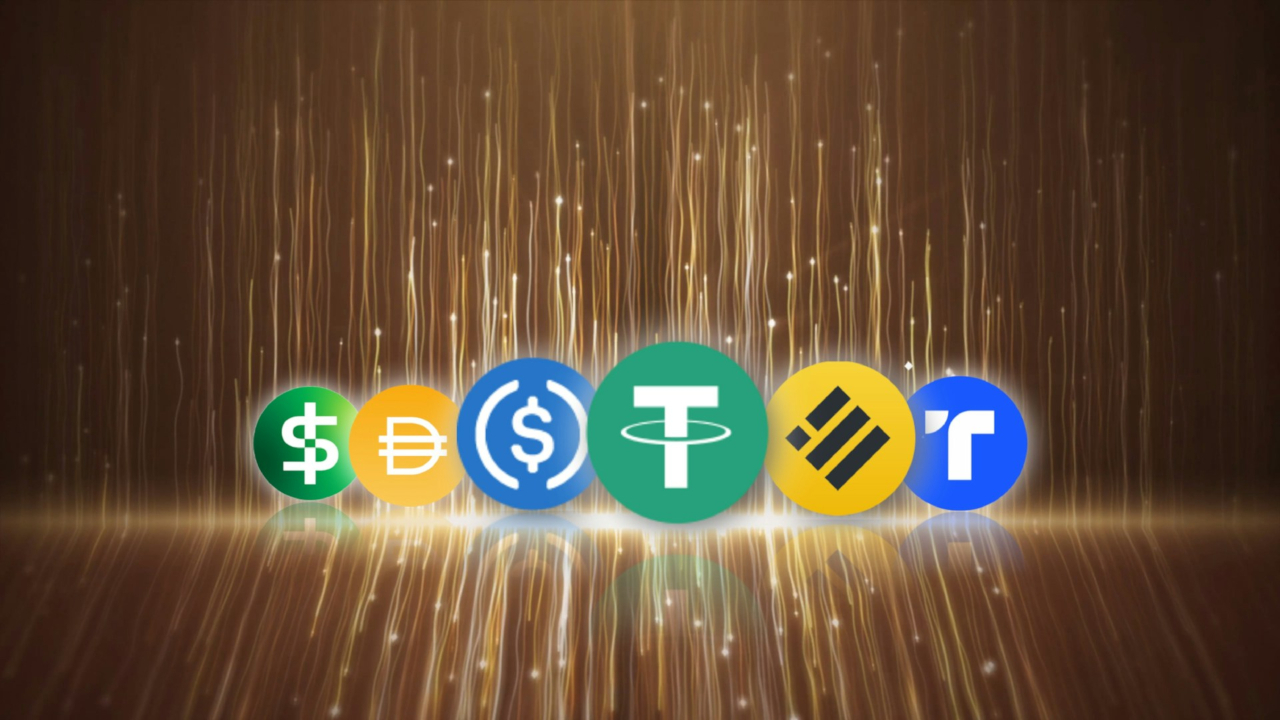What are Stablecoins?
Stablecoins are a type of cryptocurrency that aim to maintain a constant value relative to a designated asset, usually a stable fiat currency like the US dollar or the Euro. They achieve this stability by holding reserves of the asset to which they are pegged or by using algorithmic formulas that manage the supply of the stablecoin to maintain its price.
Types of stablecoins
There are primarily three types of stablecoins, each based on their underlying mechanism of stability:
Fiat-collateralized stablecoins: These are backed by a reserve of fiat currency at a 1:1 ratio. For each stablecoin issued, there is a corresponding unit of currency held in reserve. Examples include Tether (USDT) and USD Coin (USDC).
Crypto-collateralized stablecoins: These are backed by other cryptocurrencies. Because the reserve cryptocurrency may also be volatile, such stablecoins often over-collateralize—holding more crypto than the stablecoins issued—to buffer against market fluctuations. Dai (DAI) is a notable example of this type.
Algorithmic stablecoins: These do not use any reserves but instead rely on a working mechanism, like algorithms and smart contracts, to control the supply of tokens and stabilize the price. They attempt to mimic the function of a central bank but without any actual monetary backing.
Benefits of stablecoins
The primary advantage of stablecoins is their ability to provide stability in a notoriously unpredictable market. This stability is crucial for both everyday transactions and as a haven during periods of high volatility in the cryptocurrency markets. Additionally, stablecoins offer faster processing and lower transaction fees compared to traditional banking, and they can be especially beneficial in countries with unstable currencies.
Uses of stablecoins
Stablecoins serve various practical purposes:
Daily transactions: Their stable value makes them suitable for everyday use, such as buying goods and services.
Cross-border payments: They facilitate faster and cheaper international transactions without the hassle of currency conversion and high fees.
Cryptocurrency trading: Traders use stablecoins as a safe place to park capital on trading platforms when not trading other, more volatile cryptocurrencies.
Risks and challenges
Despite their benefits, stablecoins are not without risks. The assurance of stability hinges on the integrity and management of the reserve assets. Mismanagement, lack of transparency, or regulatory issues can undermine trust and potentially lead to a collapse. Additionally, algorithmic stablecoins can be particularly risky if their underlying mechanisms fail to operate as expected.
Regulatory perspective
Regulators worldwide are increasingly scrutinizing stablecoins due to their growing use and the systemic risks they could pose if widely adopted. Issues of compliance, market integrity, and consumer protection are at the forefront of regulatory concerns, prompting calls for clearer frameworks and standards to govern their use.
Stablecoins stand out as a hybrid innovation that brings together the best aspects of digital currencies and traditional finance. They offer the revolutionary potential of cryptocurrencies without the typical instability. As they continue to evolve, their impact on both financial markets and everyday transactions is likely to increase, provided they manage to navigate the complex landscape of regulatory and operational challenges.
